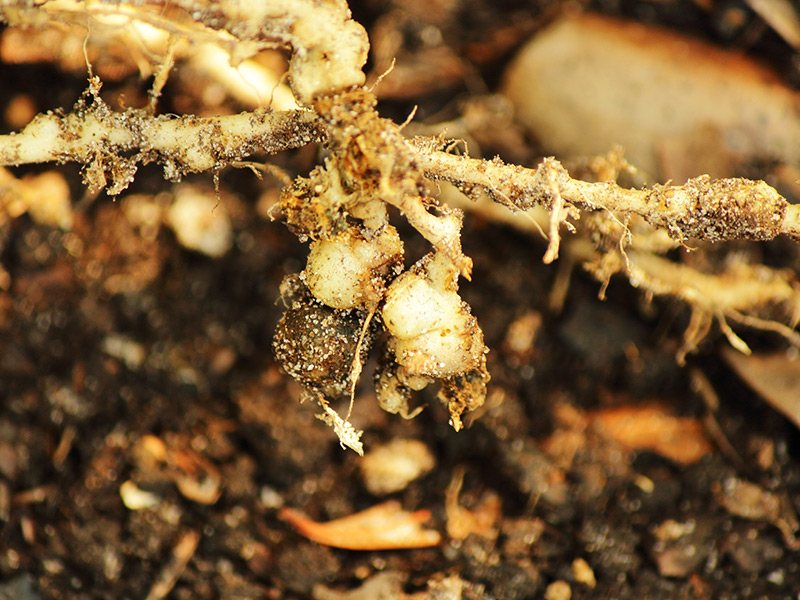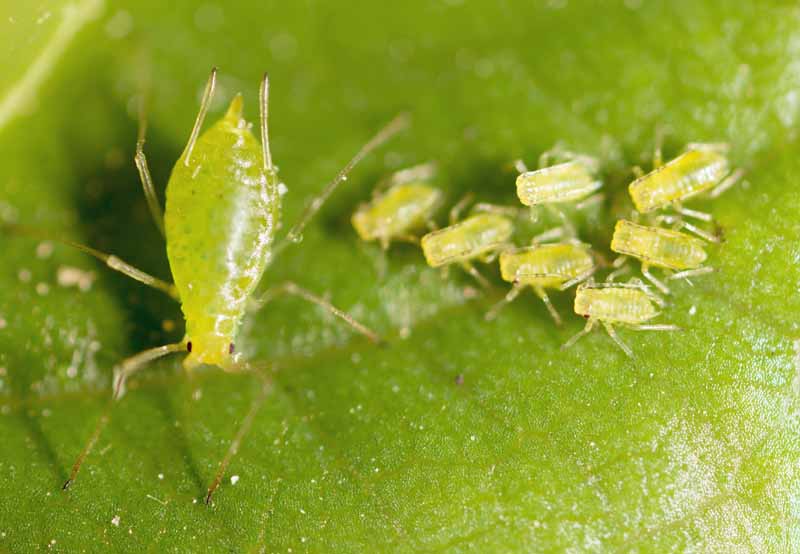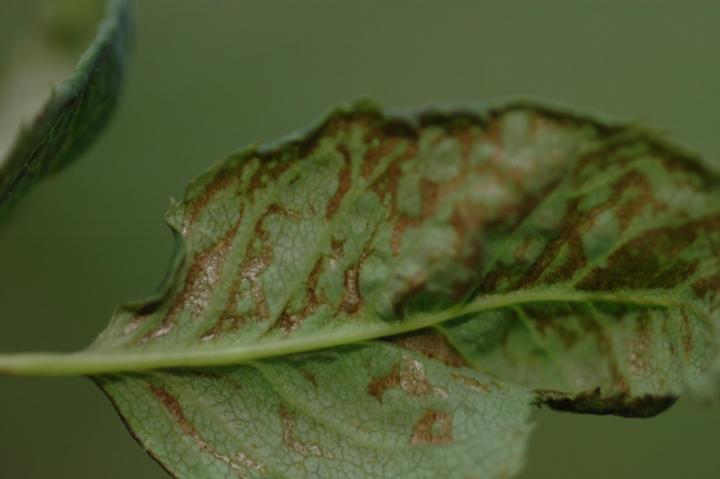CORN BORER

LIFECYCLE
 The European corn borer progresses through four developmental stages. These are the egg, larva, pupa, and adult. The insect is referred to as a borer in its larval stage and as a moth in its adult stage. The adult moths lay their eggs on corn plants.
The European corn borer progresses through four developmental stages. These are the egg, larva, pupa, and adult. The insect is referred to as a borer in its larval stage and as a moth in its adult stage. The adult moths lay their eggs on corn plants.LARVA
In this stage it causes maximum damage.
The fully grown larva is 0.75 to 1 inch (1.9-2.5 cm) in length. Larva vary in color from light brown to pinkish gray and have conspicuous small, round, brown spots on each segment along the body. As they grow they reach between 2 and 20 mm. The larva feed on the corn whorl and burrow into the stalk and ear. They have high mortality directly after emergence, but as soon as a feeding site is established, they have better survival rates. Total development before pupation lasts 50 days on average.
PREVENTION
Hybrid selection
Effective and economical insect control in corn production relies heavily on selecting the appropriate Bt corn hybrid. After growers consider a hybrid’s high yield potential, area adaptation and disease package, they can use different Bt technologies for insect control and resistance management. Growers can also use hybrids with multiple Bt traits for the same pest to assist with resistance management.
CONTROL
There are many chemical products available in market for control of corn borer.
some organic meathods are :
- use once a week spray of neem oil with garlic juice .this will prevent adults to lay eggs.
- use yellow colour sticky papers for catching adults if on small scale
- spray of BT BACTEERIUM is also nvery beneficial even it is organic too.





